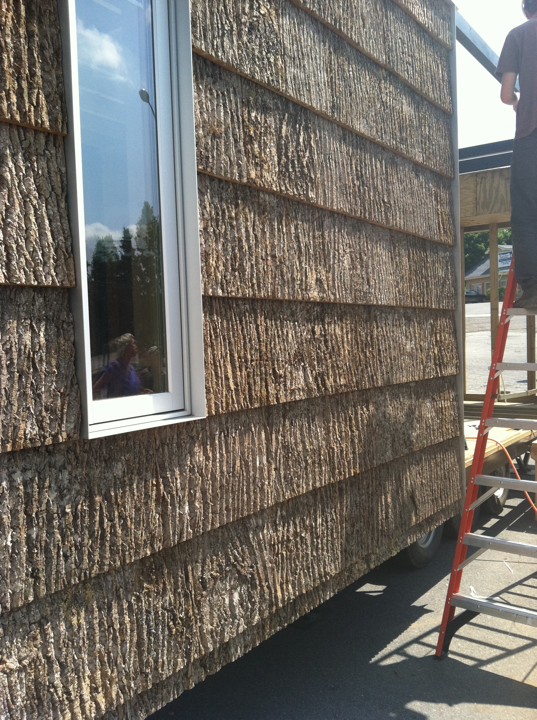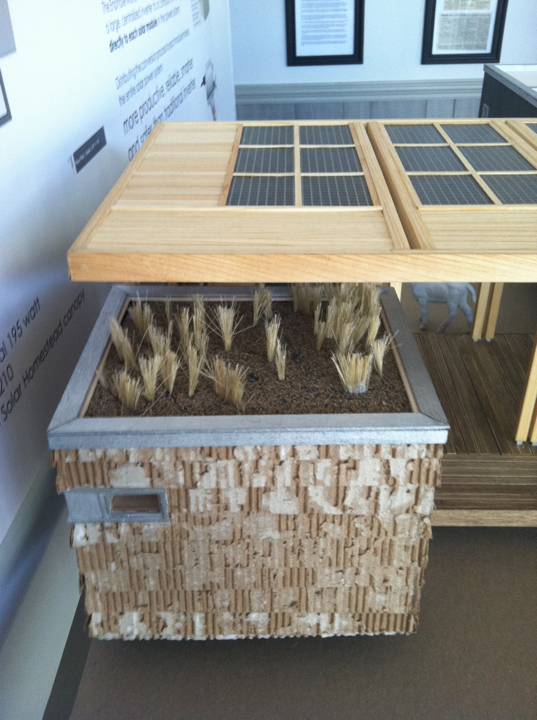If I wasn’t a writer, I would be an architect. It absolutely fascinates me.
I live in and love my 1957 atomic ranch despite its glaring efficiency inadequacies. I love new modern like this affordable collaboration of Celtic Works and Studio 2LR. I covet the Lego Fallingwater set. Sometimes I even drive by the tiny Lustron house off Trenholm Road for absolutely no reason at all.
 So when I got the chance to take a guided tour of Appalachian State University’s entry in the U.S. Department of Energy’s Solar Decathlon, I immediately donned a hard hat and followed faculty advisor and friend Dr. Jamie Russell for an inside look at designing and building a zero-energy home.
So when I got the chance to take a guided tour of Appalachian State University’s entry in the U.S. Department of Energy’s Solar Decathlon, I immediately donned a hard hat and followed faculty advisor and friend Dr. Jamie Russell for an inside look at designing and building a zero-energy home.
But first, a little bragging is in order. Appalachian State’s Solar Homestead was one of 20 entries selected in the world. They are the lone representative from the state of North Carolina and they are competing against several state-wide, multi-university teams. And, even though ASU’s entry is the only one without the support of an engineering or architectural program, they are not phased at all.
Every two years, the U.S. Department of Energy Solar Decathlon challenges collegiate teams to design, build and operate solar-powered houses that are cost-effective, energy-efficient and attractive. The contest educates the public about energy-efficient construction, provides a unique experience for students, encourages collaboration among the disciplines, and showcases a whole-home approach to building design and construction.
 You can learn more about ASU’s Solar Homestead here or watch this beautiful video that showcases the project and the many smart, bright minds behind it. Keep up with construction on Facebook and Flickr. Even better, visit The Solar Homestead and the other 19 entries in person from September 23-October 2 on the National Mall in Washington, DC.
You can learn more about ASU’s Solar Homestead here or watch this beautiful video that showcases the project and the many smart, bright minds behind it. Keep up with construction on Facebook and Flickr. Even better, visit The Solar Homestead and the other 19 entries in person from September 23-October 2 on the National Mall in Washington, DC.
And what will you see in The Solar Homestead? Wood flooring repurposed from storm-damaged white oak trees at the Biltmore Estate — trees older than the estate itself. Photovoltaic outbuilding modules that power the main home. Several advances in solar power generation that I can’t even begin to explain or understand.
But the best thing to me is that Appalachian spirit of self-sufficiency. They’re not just in it; they are in it to win it.
